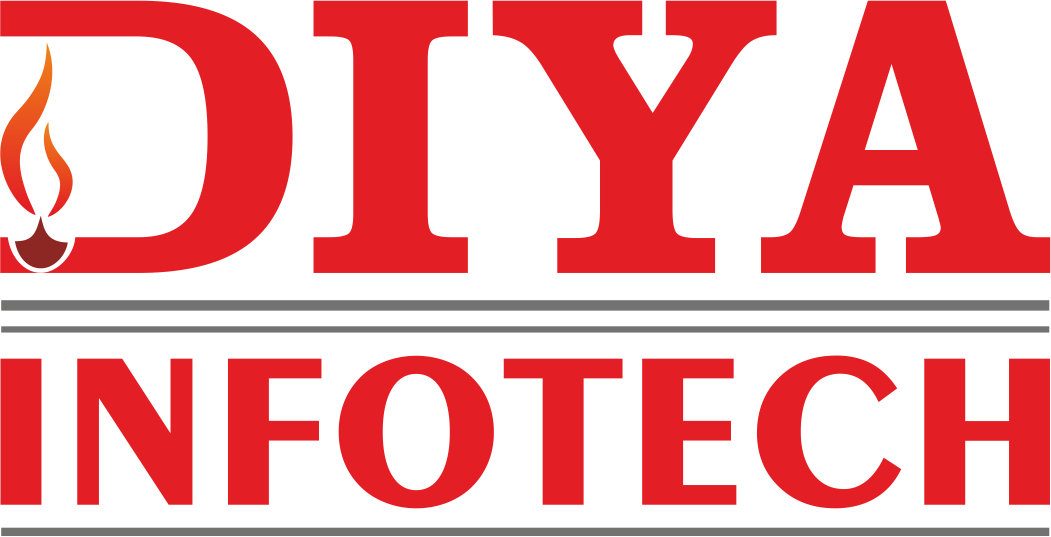Using Remote Desktop technology offers several benefits, making it a valuable tool for various purposes. Here are some of the key advantages:
- Access from Anywhere: Remote Desktop allows users to access their desktops, applications, and data from virtually anywhere with an internet connection. This flexibility is particularly beneficial for remote workers, travelers, or individuals who need to access their work environment while away from the office.
- Remote Assistance and Support: Remote Desktop enables IT support personnel to troubleshoot and assist users remotely. They can take control of a user’s desktop to diagnose and fix issues, reducing the need for physical presence and minimizing downtime.
- Resource Utilization: Centralizing resources on a server through Remote Desktop Services can lead to more efficient resource utilization. Applications and data are stored on a server, reducing the need for powerful local machines, which can result in cost savings and easier management.
- Collaboration: Remote Desktop facilitates collaboration by allowing multiple users to access the same virtual environment simultaneously. This is particularly useful for collaborative projects, training sessions, and virtual teamwork.
- Security: Remote Desktop connections can be secured through encryption and multi-factor authentication, enhancing the security of data and applications. Users can access resources without physically being present at the location, reducing the risk of physical breaches.
- Platform Independence: Remote Desktop technology is often platform-independent. Clients are available for various operating systems, enabling users to connect from Windows, macOS, Linux, and mobile devices.
- Cost Savings: By centralizing resources and enabling remote access, organizations can potentially reduce hardware costs, as powerful machines can be concentrated on servers rather than distributed to individual users. This can also lead to lower maintenance and upgrade expenses.
- Increased Productivity: Remote Desktop allows users to be productive outside of the traditional office setting. It can lead to increased flexibility and work-life balance, as employees can work from home or other remote locations.
- Easy Application Deployment and Updates: With Remote Desktop Services, applications can be installed and updated on a central server, simplifying the management process. This centralized approach ensures that all users have access to the latest versions without requiring manual updates on individual machines.
- Business Continuity: In the event of a disaster or unexpected event that renders physical offices inaccessible, Remote Desktop facilitates business continuity by allowing employees to work remotely and access critical applications and data.
While there are numerous advantages to using Remote Desktop, it’s important to implement security best practices, such as strong authentication, encryption, and regular updates, to ensure a secure remote access environment.
